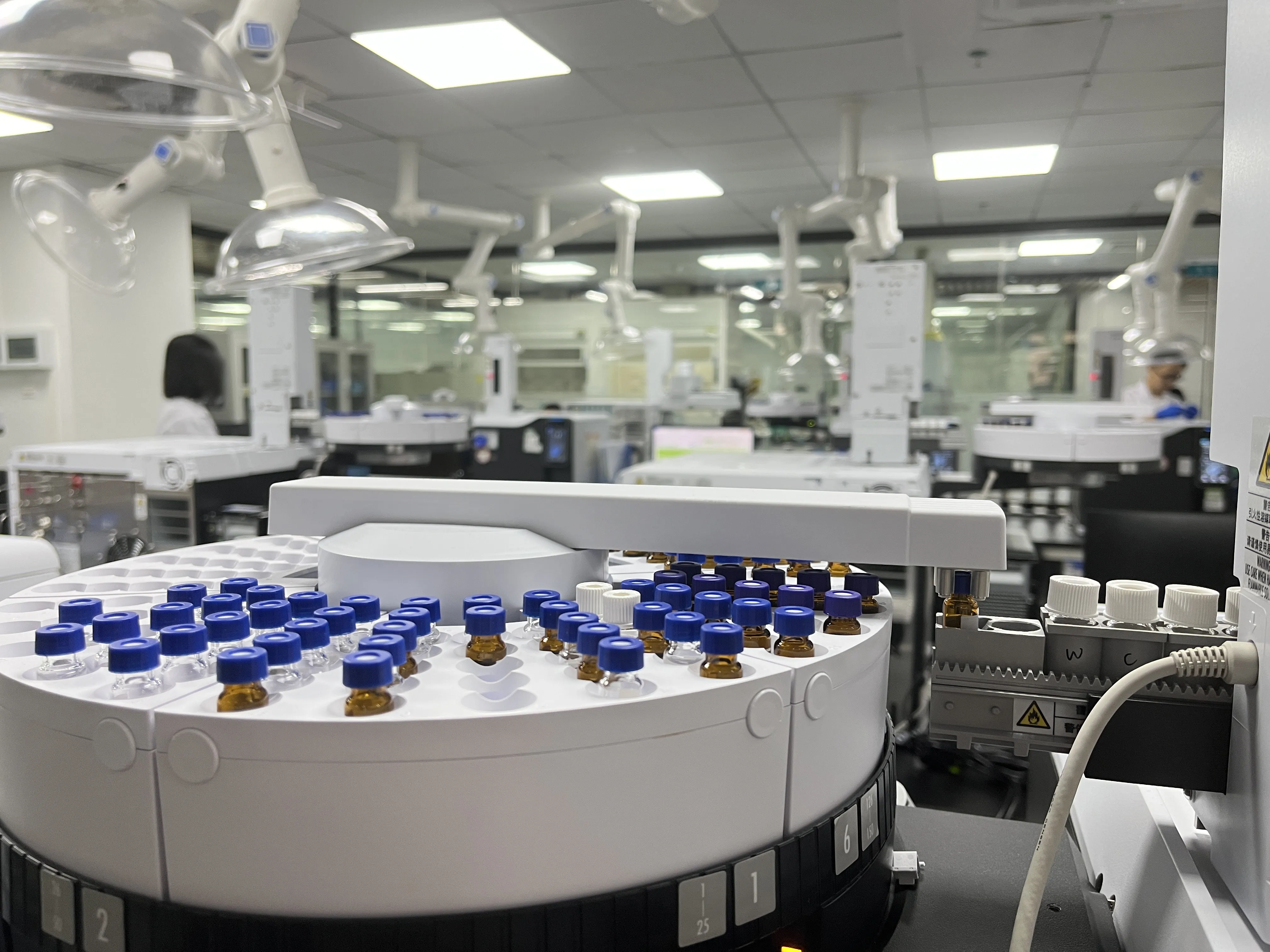
Do airlines mess with ejuice in container usa?
As the popularity of e-cigarettes, or vaping, increases, travelers who are also vapers bring their devices with them when they fly. Along with the device, these travelers often bring e-juice, a liquid that is vaporized and inhaled by the user of the e-cigarette. However, there is some concern among the vaping community that airlines might mess with e-juice in container while it is being transported on flights. This essay will explore this concern in detail and address the question of whether or not airlines mess with e-juice in container.
First of all, it is important to understand what e-juice is and why it is potentially problematic to bring on flights. E-juice is typically made up of a combination of propylene glycol, vegetable glycerin, nicotine, and flavorings. These liquids are often sold in small bottles that can be easily transported. However, because e-juice contains nicotine, it is classified as a hazardous material by the United States government. This means that there are specific rules and regulations around its transportation, particularly when it is being transported in large quantities.
When it comes to transporting e-juice on flights, the TSA has issued specific guidelines. According to their website, travelers are allowed to bring a quart-sized bag of liquids, aerosols, gels, creams, and pastes in their carry-on luggage. Each individual container must be 3.4 ounces (100 milliliters) or smaller, and all containers must fit in the quart-sized bag. E-juice would fall under this category of liquids, so as long as it is properly packaged and fits within the guidelines, it is allowed on flights.
So, where does the concern about airlines messing with e-juice in container come from? Some vapers worry that airline employees, particularly TSA agents or baggage handlers, might tamper with or steal their e-juice. This concern is not entirely unfounded; there have been instances in the past where TSA agents have been caught stealing items from passengers’ luggage. However, it is important to note that these situations are relatively rare. In general, TSA agents and other airline employees are trained to handle hazardous materials like e-juice with care, and stealing from passengers is taken very seriously.

Another potential concern with airlines and e-juice is the issue of temperature fluctuations. E-juice can be affected by changes in temperature; if it gets too hot or too cold, it can become less potent or even spoil. This is a concern for travelers, particularly if their e-juice is being transported in the cargo hold, where temperatures can fluctuate more widely than in the passenger cabin. However, airlines are aware of this issue and take steps to mitigate it. For example, cargo holds on airplanes are often climate-controlled to ensure that temperatures remain consistent.
It is also worth noting that some airlines have specific policies around e-cigarettes and vaping. For example, many airlines prohibit the use of e-cigarettes on their flights, regardless of whether or not they contain nicotine. This is due to concerns about secondhand smoke and the potential for e-cigarettes to be confused with actual cigarettes, which could cause panic among passengers. In general, though, as long as passengers follow the TSA guidelines for transporting liquids, they are able to bring their e-cigarettes and e-juice on flights.
There is some concern among the vaping community about whether or not airlines mess with e-juice in container. While there have been instances of theft by TSA agents and other airline employees, these situations are relatively rare and are taken very seriously. Additionally, airlines are aware of the potential for temperature fluctuations to affect e-juice, and take steps to mitigate this issue. As long as passengers follow the TSA guidelines for transporting liquids, there should be no reason to worry about airlines messing with e-juice in container.

We will contact you as soon as possible









